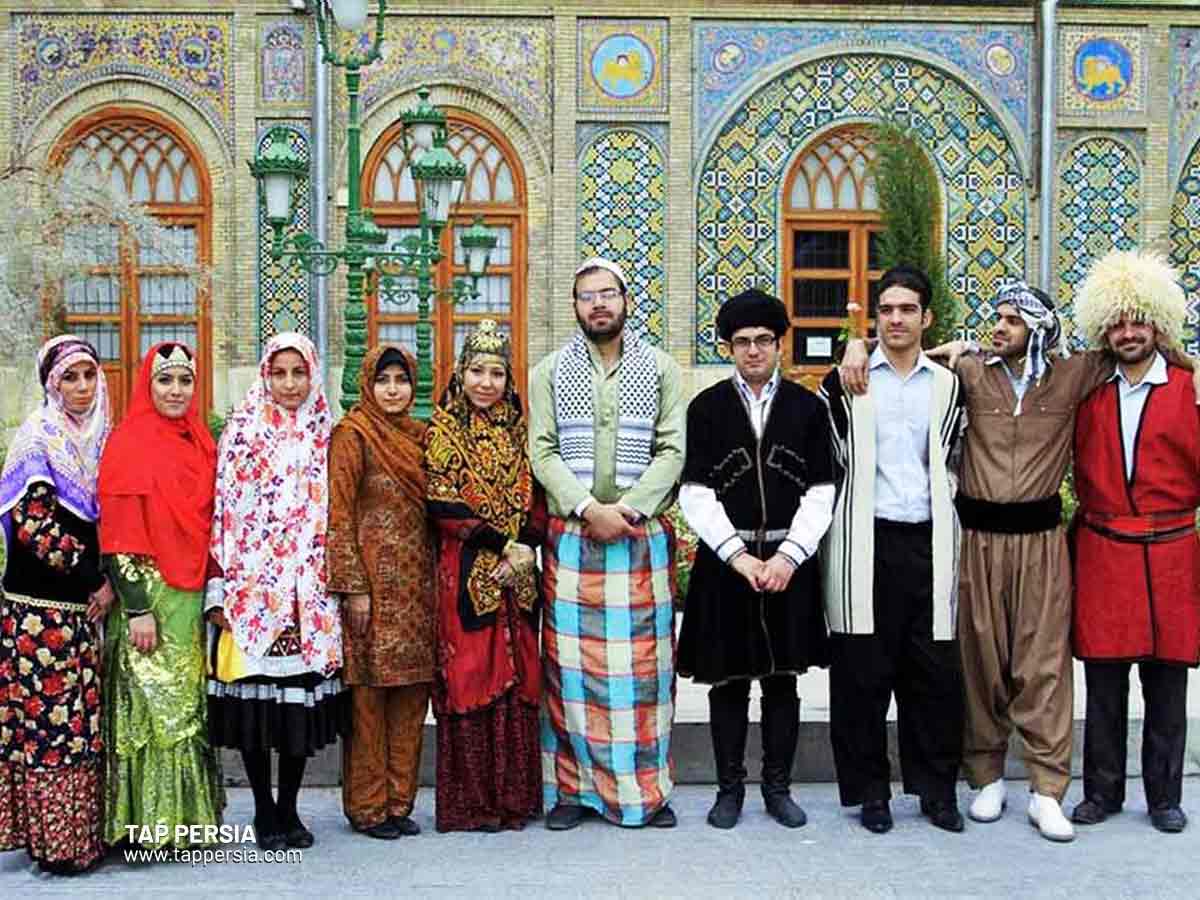The depths of human experience are often conveyed not through spoken language but through the emotive power of music. Within this realm, the Bahá’í teachings serve as a potent beacon, illuminating the pathway for those who seek to find their voice amidst the cacophony of societal discord. One compelling representation of this paradigm is evident in the life of an Iranian pianist who strives to give expression to the voiceless through the universal language of melody. This exploration transcends mere performance; it embodies a profound commitment to the principles of unity, justice, and the sanctity of the individual, hallmarks of the Bahá’í Faith.
The Bahá’í teachings offer a rich tapestry that weaves together the threads of spirituality, art, and cultural expression. At the heart of these teachings lies the principle that every individual possesses an inherent dignity and worth. The Iranian pianist, inspired by this doctrine, recognizes that music can resonate with the struggles and aspirations of the oppressed. With each keystroke, the pianist crafts an auditory narrative, echoing the silent yearnings of those who have been marginalized. Through this lens, music transforms into a form of activism, becoming a sanctuary where the voiceless can be heard.
As the pianist sits before the grand piano, fingers hovering over the keys, one might liken the instrument to a vessel navigating turbulent waters, seeking the calm of the shore. Each note played represents a wave, oscillating between despair and hope, aptly reflecting the complexities of the human condition. The rich timbres and haunting melodies create a symphony that both transports and transcends its listeners, drawing them into a shared space of contemplation and connection.
The notion of music as a transformative force is deeply rooted in Bahá’í philosophy. It is posited that art is not merely an aesthetic endeavor but a potential means for societal refinement. In the context of this Iranian pianist, every performance is a deliberate act of service, a commitment to elevate collective consciousness. By merging technical prowess with heartfelt intention, the pianist sends forth ripples of compassion, urging the audience to confront their own biases and assumptions. The music morphs into a clarion call for empathy, challenging listeners to foster a deeper understanding of our shared humanity.
Moreover, there exists a unique appeal in the storytelling aspect of music. The Iranian pianist draws upon cultural and historical influences that enrich the narrative of each composition. Incorporating traditional motifs intertwined with contemporary elements, the pianist honors the legacy of their homeland while simultaneously breaking down barriers that separate cultures. This synthesis is a manifestation of the Bahá’í teaching of oneness, wherein diversity is celebrated and used as a bridge rather than an impediment.
The act of performing for the voiceless extends beyond a desire for personal expression; it embodies an initiative to create spaces where marginalized communities can find representation. Imagine, for a moment, a concert hall filled with individuals from varying backgrounds, each pondering the universality of human experiences. As the pianist plays, the music encapsulates shared moments of joy and sorrow, allowing the audience to forge connections that transcend linguistic and cultural differences. In this way, the performance becomes a microcosm of the Bahá’í ideal of unity in diversity.
In the midst of this beautiful convergence lies the notion of resilience. The Iranian pianist draws strength from the struggles faced by countless individuals who have been silenced. Each composition serves as an homage to those who have fought against injustice, and through this homage, the pianist channels the collective spirit of perseverance. These notes transformed into melodies serve not only as catharsis but also as a reminder of the indomitable strength of the human spirit—a tenacity celebrated within Bahá’í teachings.
The pianist’s journey, inextricably linked to the larger narrative of the Bahá’í community, reflects the reality of those who have faced adversity yet remain unwavering in their resolve. It is through the lens of art that profound truths can emerge, illuminating paths toward understanding and reconciliation. The stories told through music amplify the voiceless, reminding the world that change is possible through collective empathy and action.
Furthermore, the pianist embodies the Bahá’í principle of education as a transformative force. Each performance can be viewed as an educational endeavor, where both the artist and the audience engage in a profound duet of discovery. The challenging themes explored within the melodies serve to provoke thought and inspire dialogue on issues such as inequality, oppression, and the quest for justice. By embracing the transformative power of art, the pianist invites listeners to engage in crucial conversations about their responsibilities to uplift others. This dedication to enlightenment aligns seamlessly with the Bahá’í principle of knowledge being a catalyst for change.
Thus, as the final notes dissipate into the ether, lingering in the memories of those fortunate enough to bear witness, the intention behind the performance resonates far beyond the auditorium. The Iranian pianist personifies the idea that art is a conduit for fostering social harmony, bridging divides, and amplifying the voices of those who have long been silenced. Bahá’í teachings emphasize the interconnectedness of all humanity—a notion brought to life through each powerful performance. Embracing music as a tool for advocacy and connection underscores the pivotal role it plays in shaping a more understanding and just society.
In conclusion, the journey of this Iranian pianist exemplifies a beautiful intertwining of art and philosophy, echoing the Bahá’í commitment to unity and social reform. The expression of shared stories through music acts as a compelling metaphor for lifting the voiceless, transforming despair into hope, and fostering pathways for understanding. Within the harmonious chords lies an invitation for all to listen, reflect, and ultimately engage in the collective endeavor towards a more just and compassionate world.
